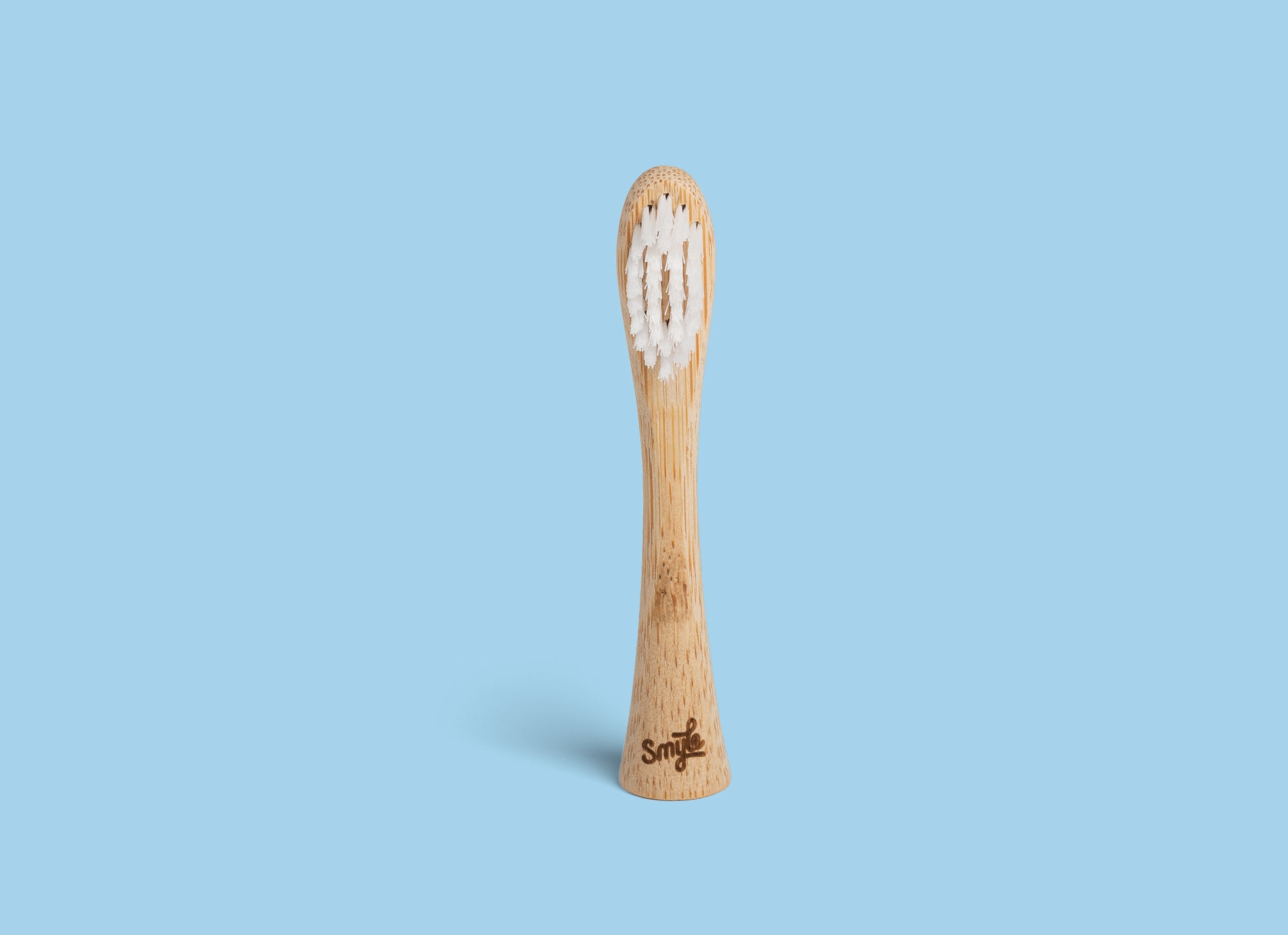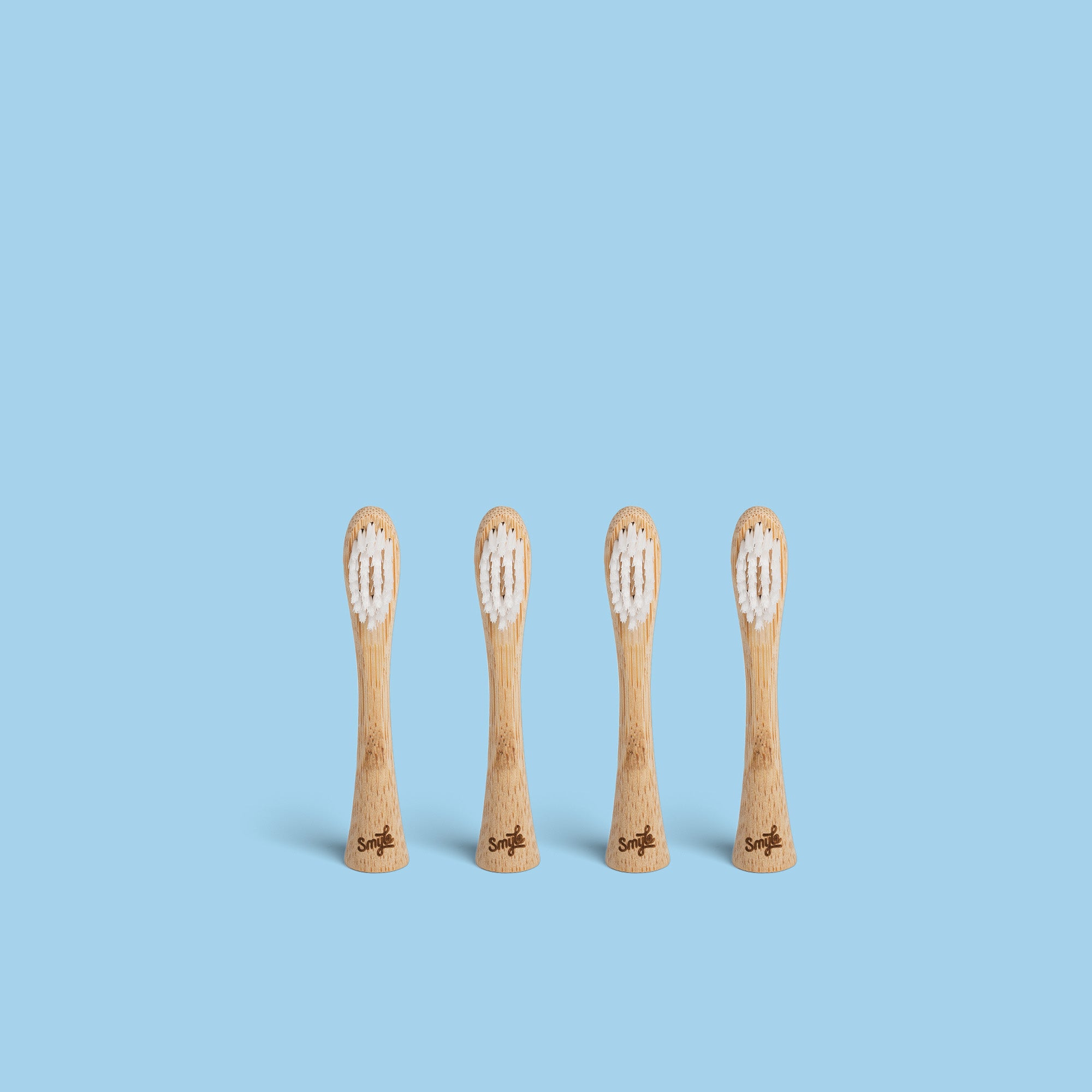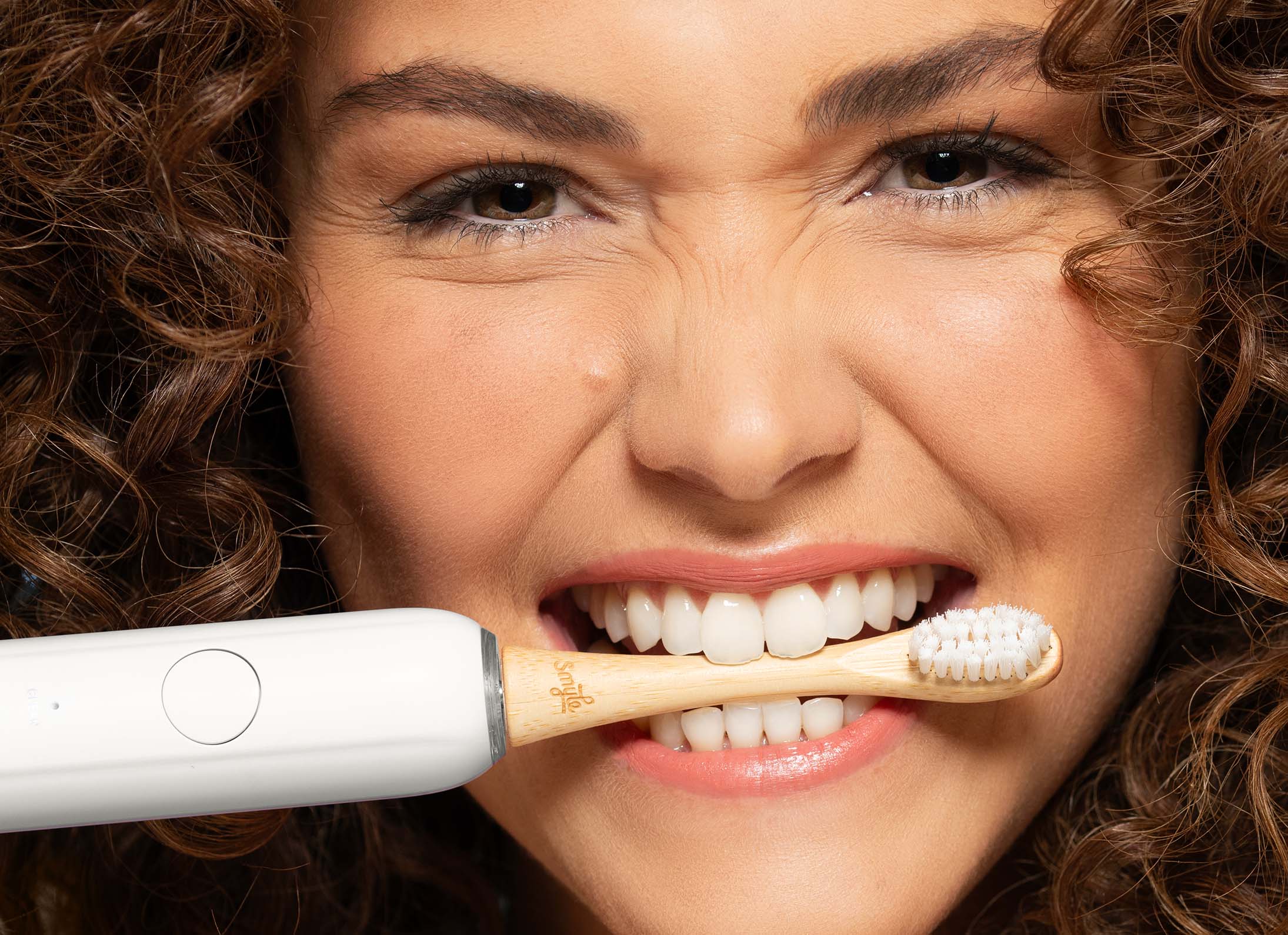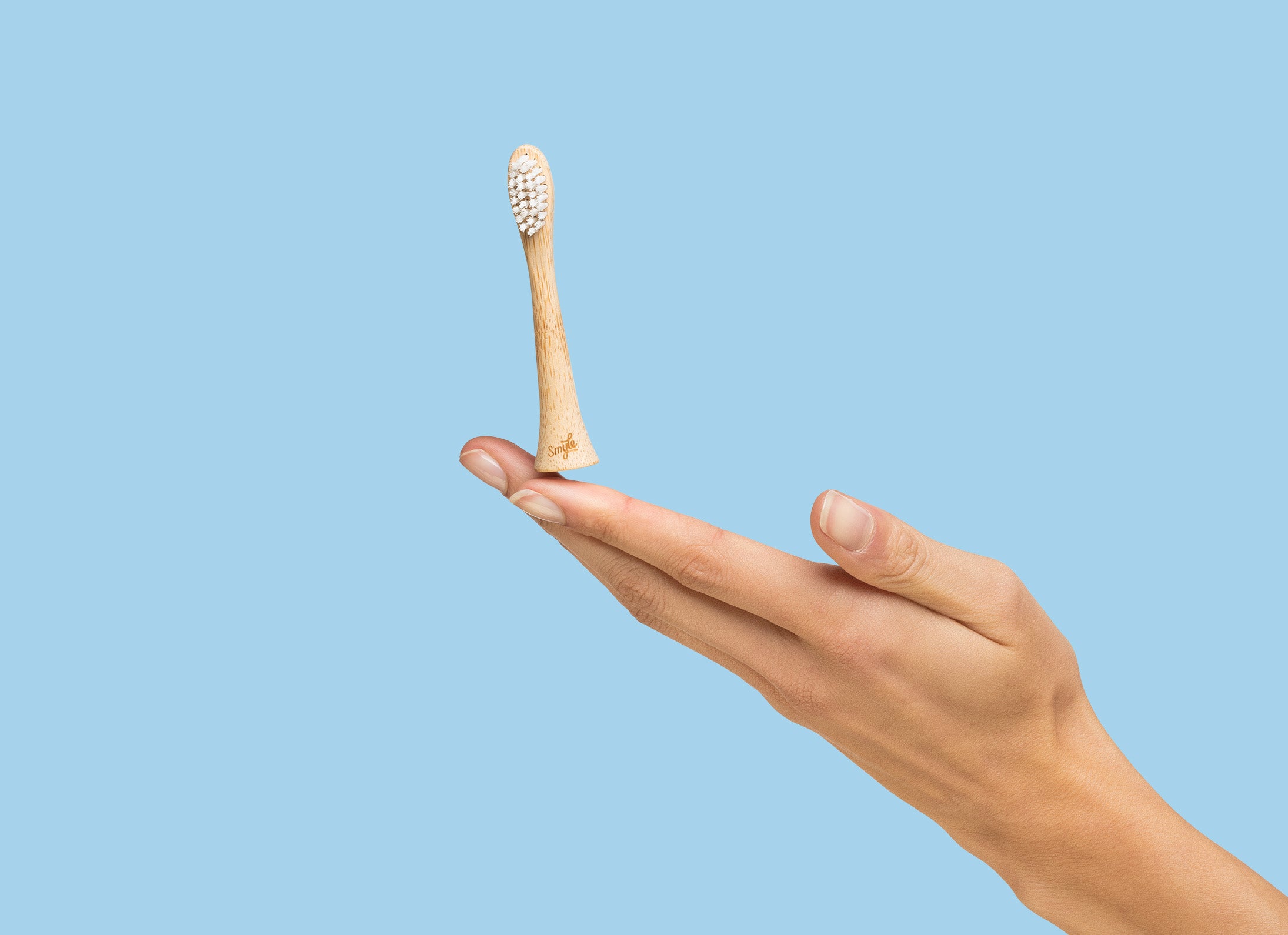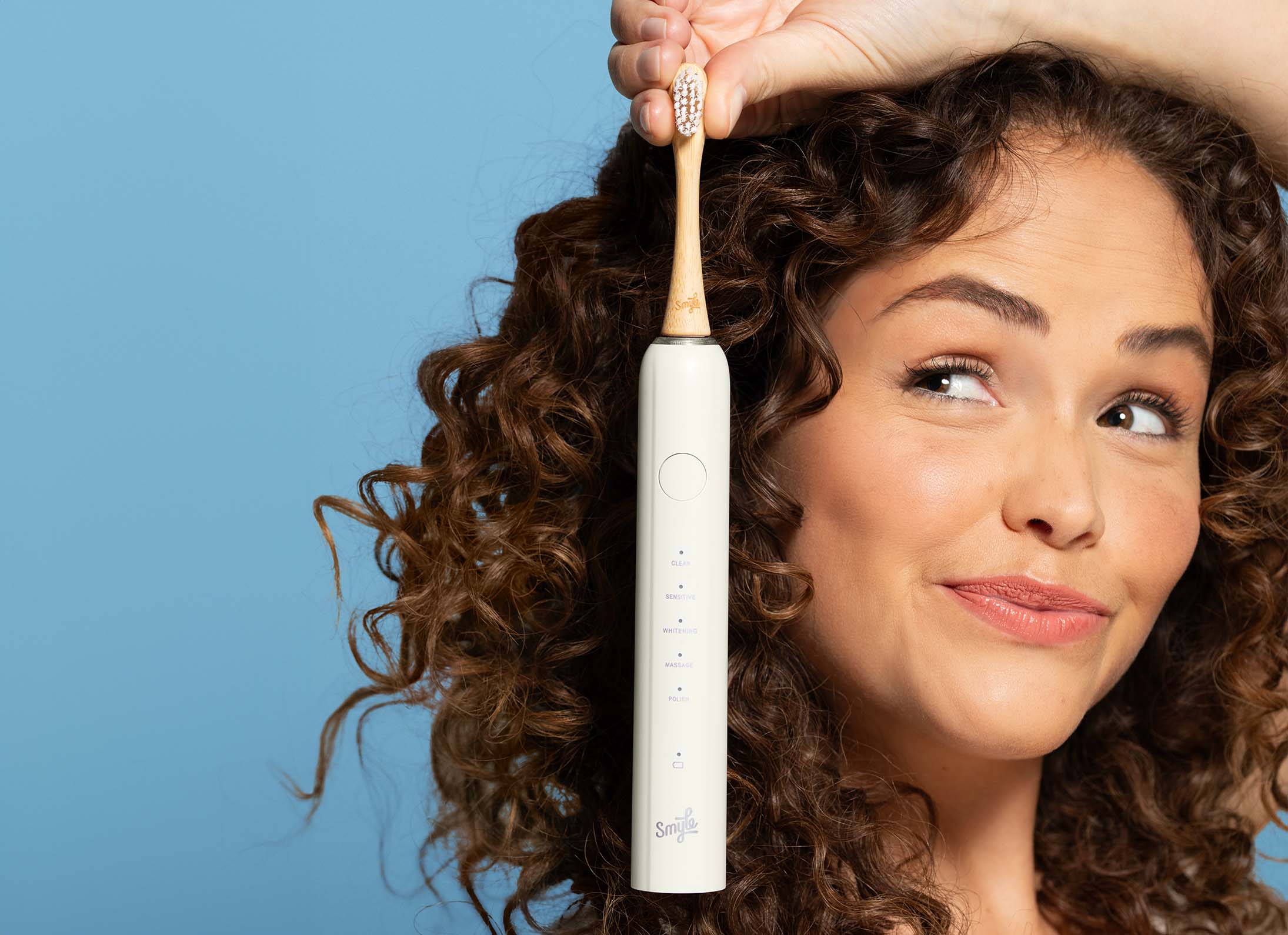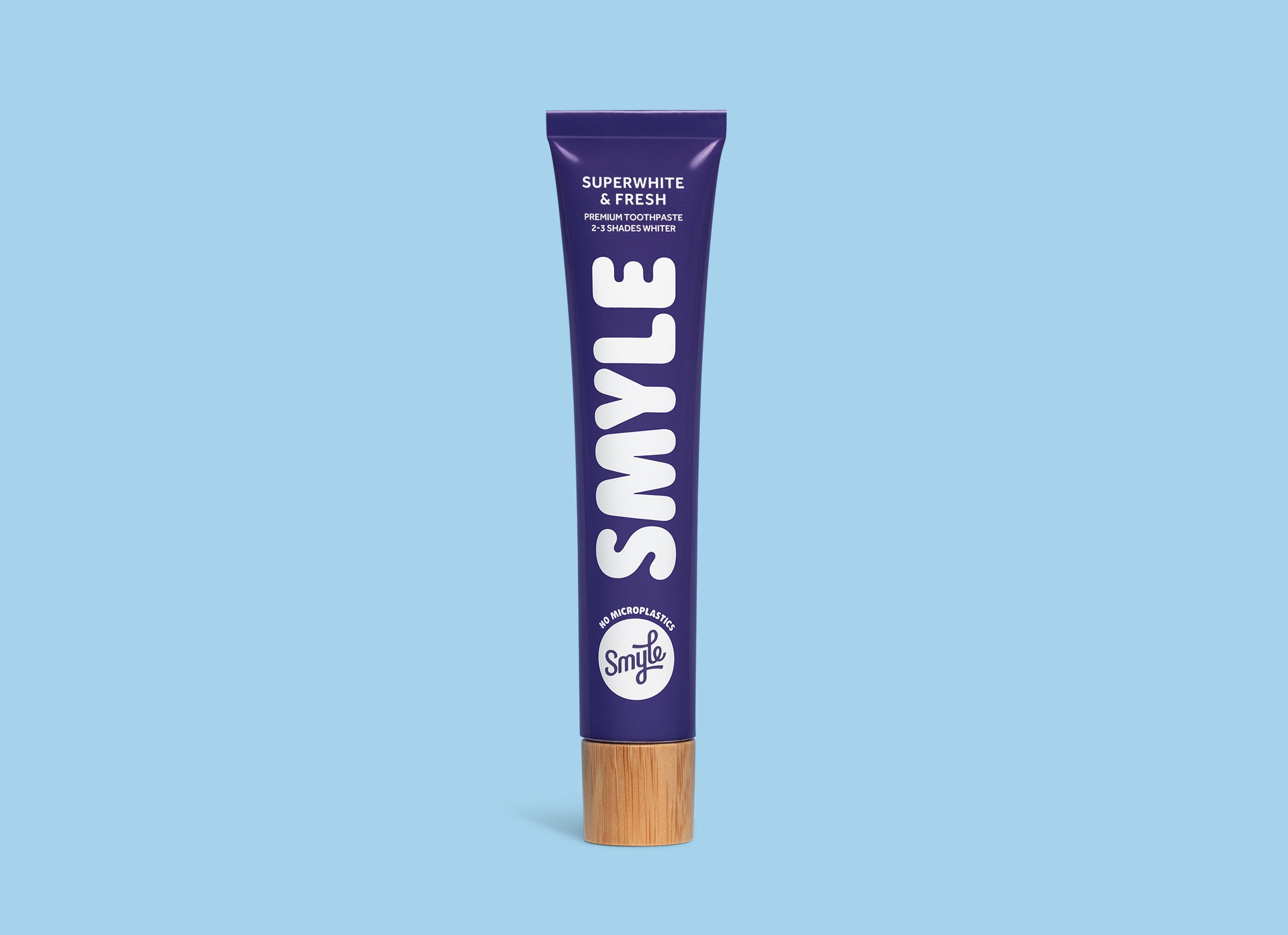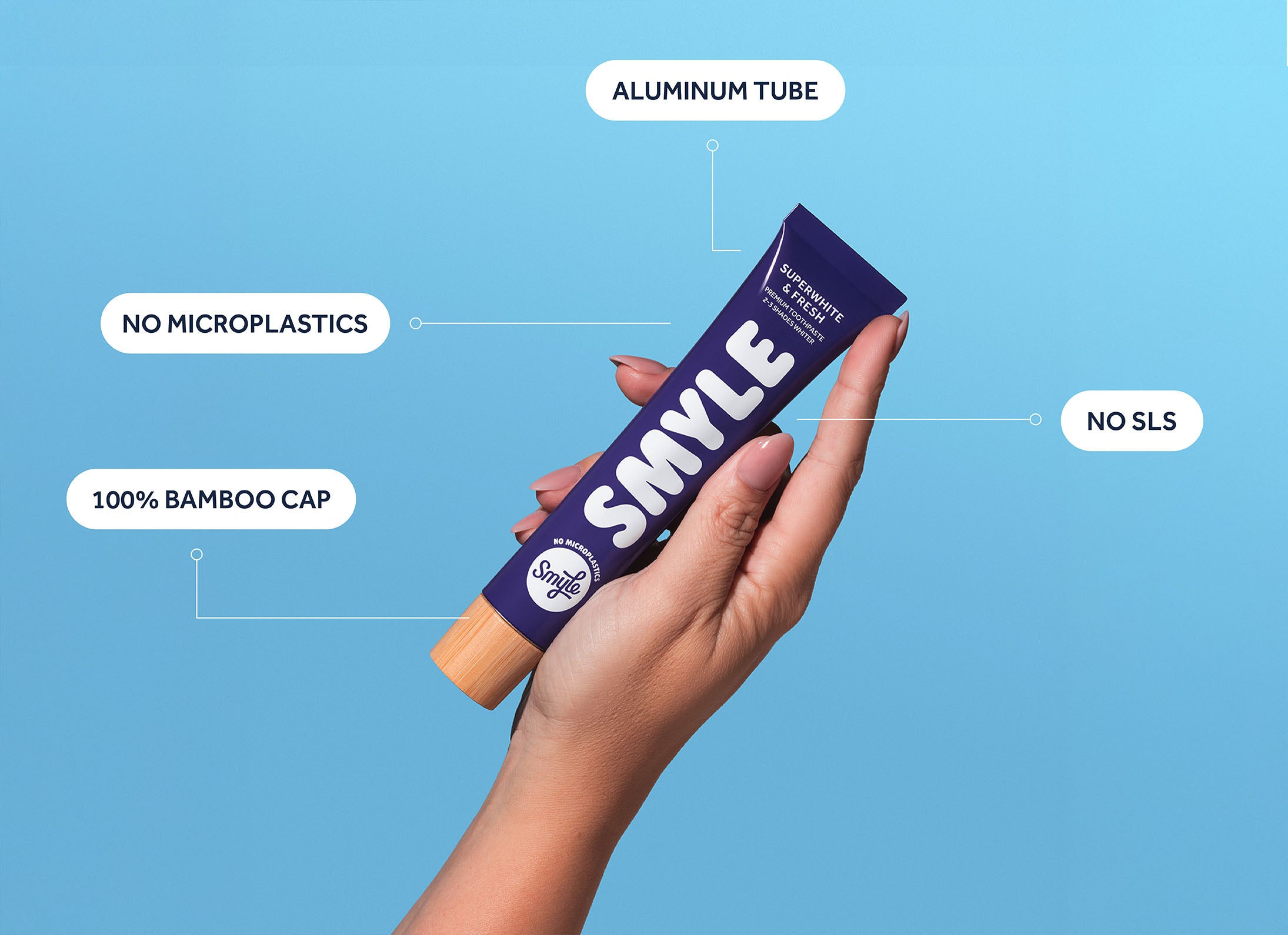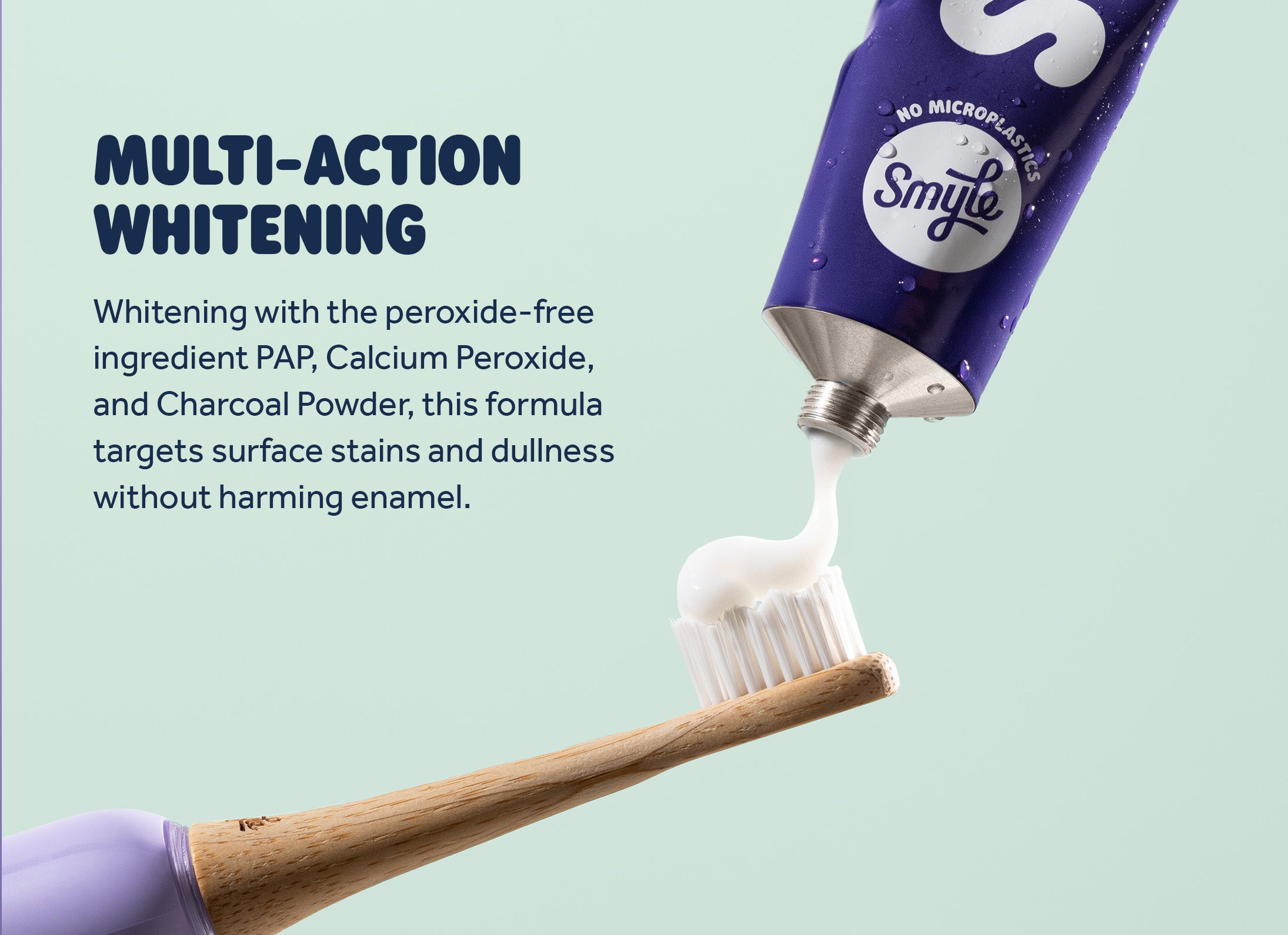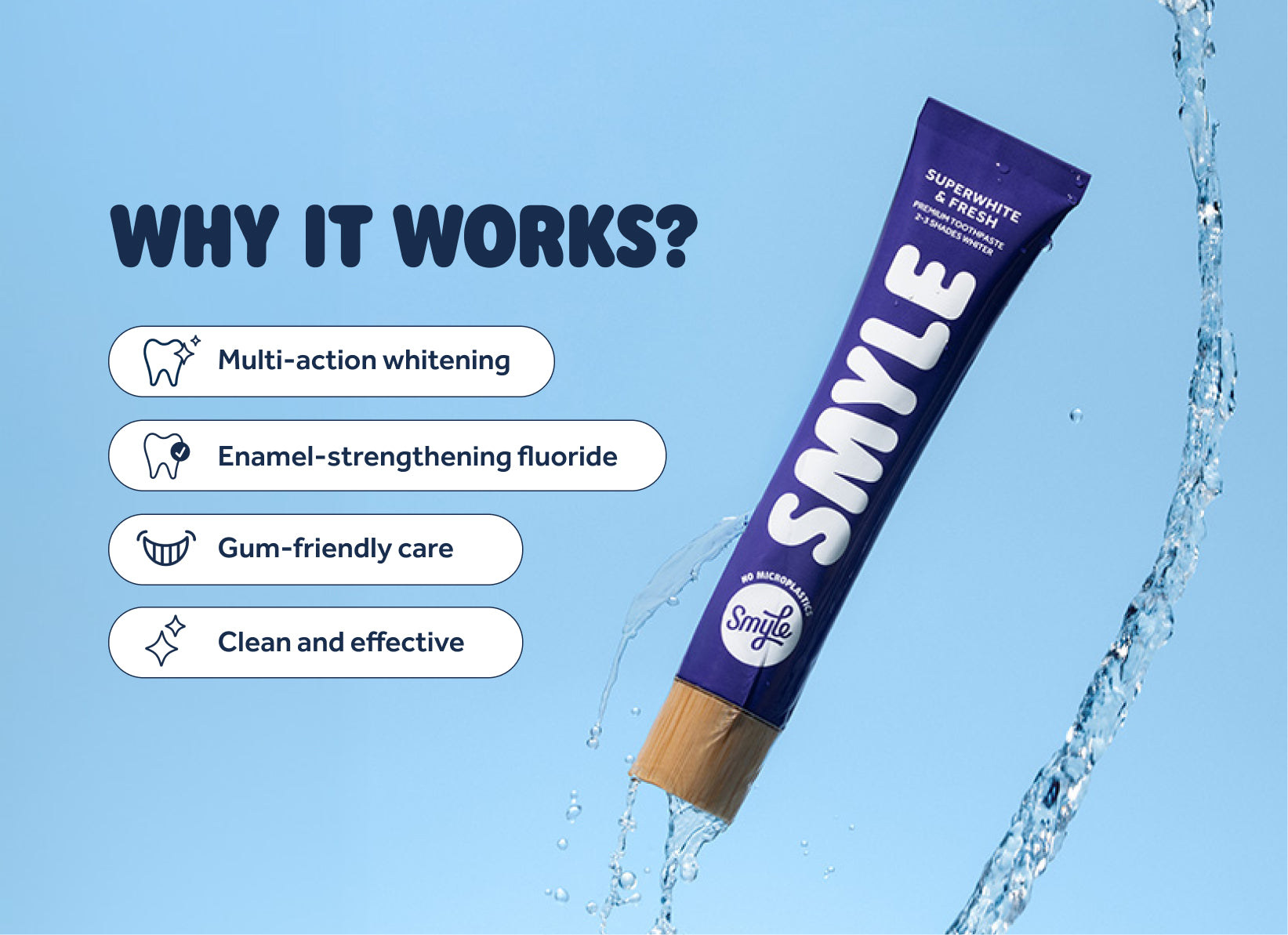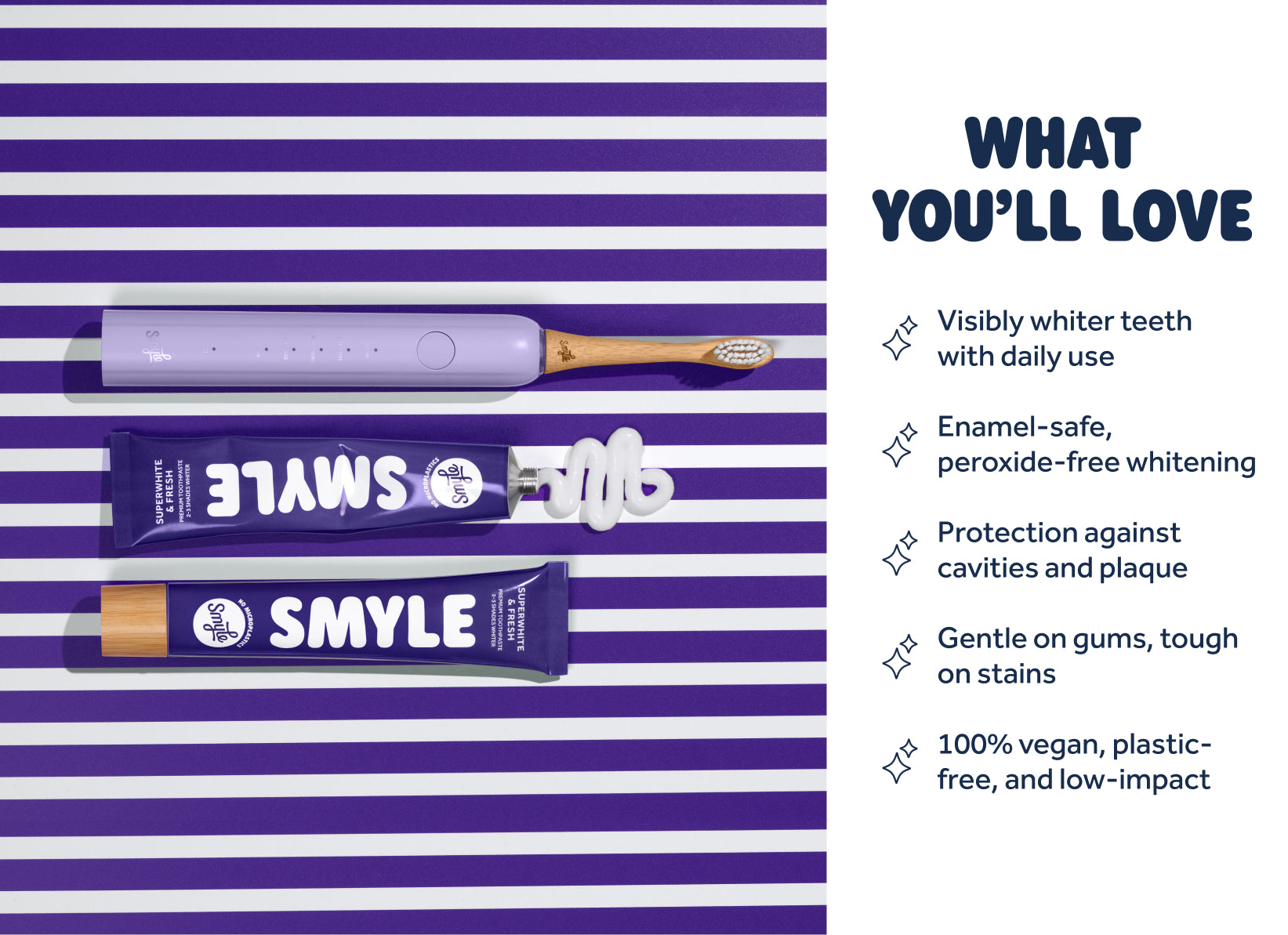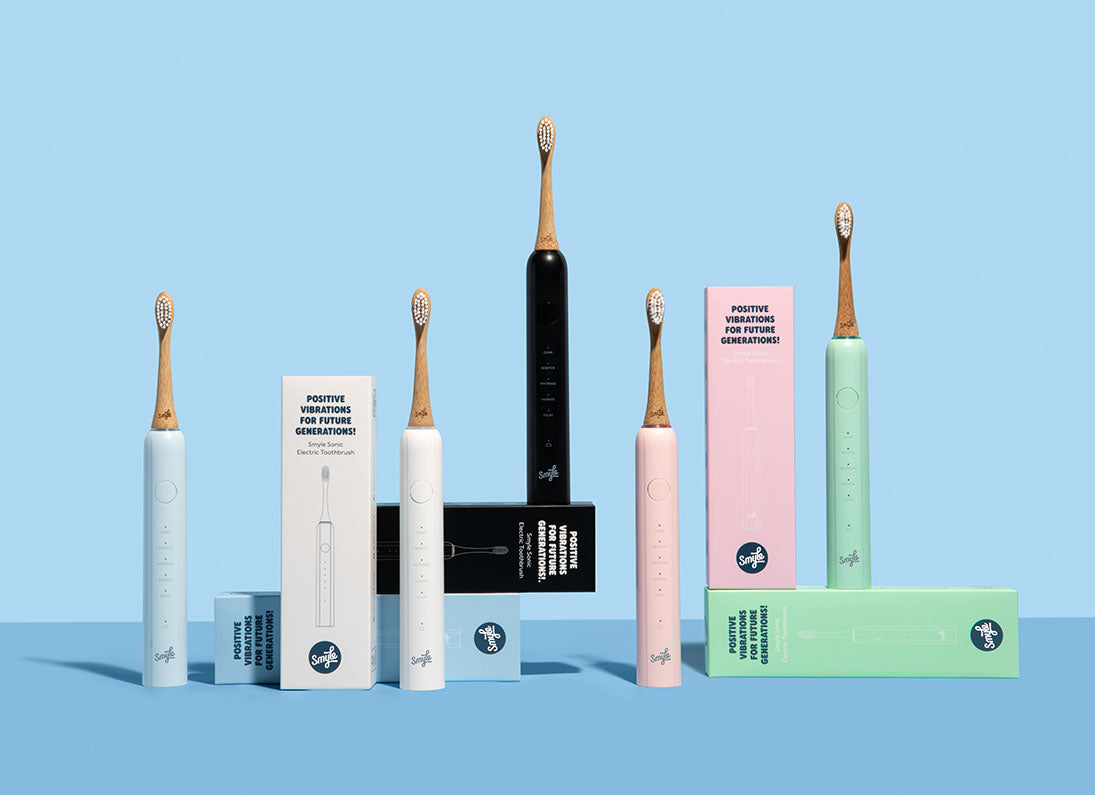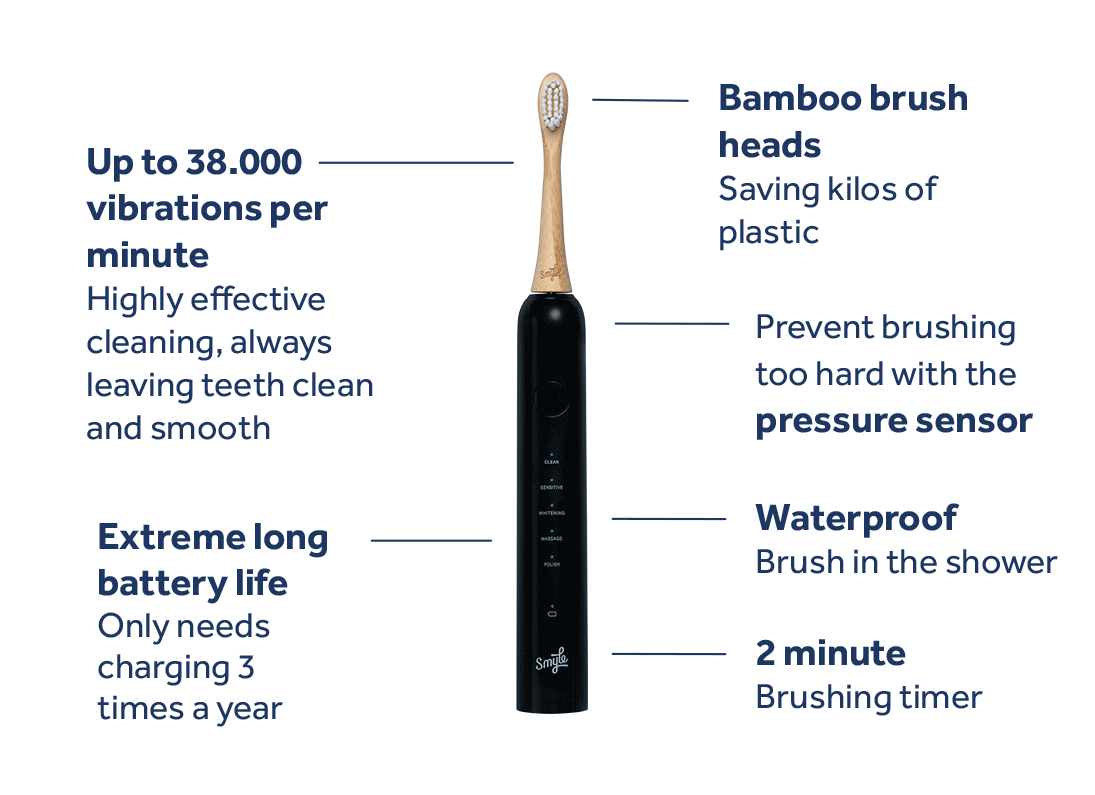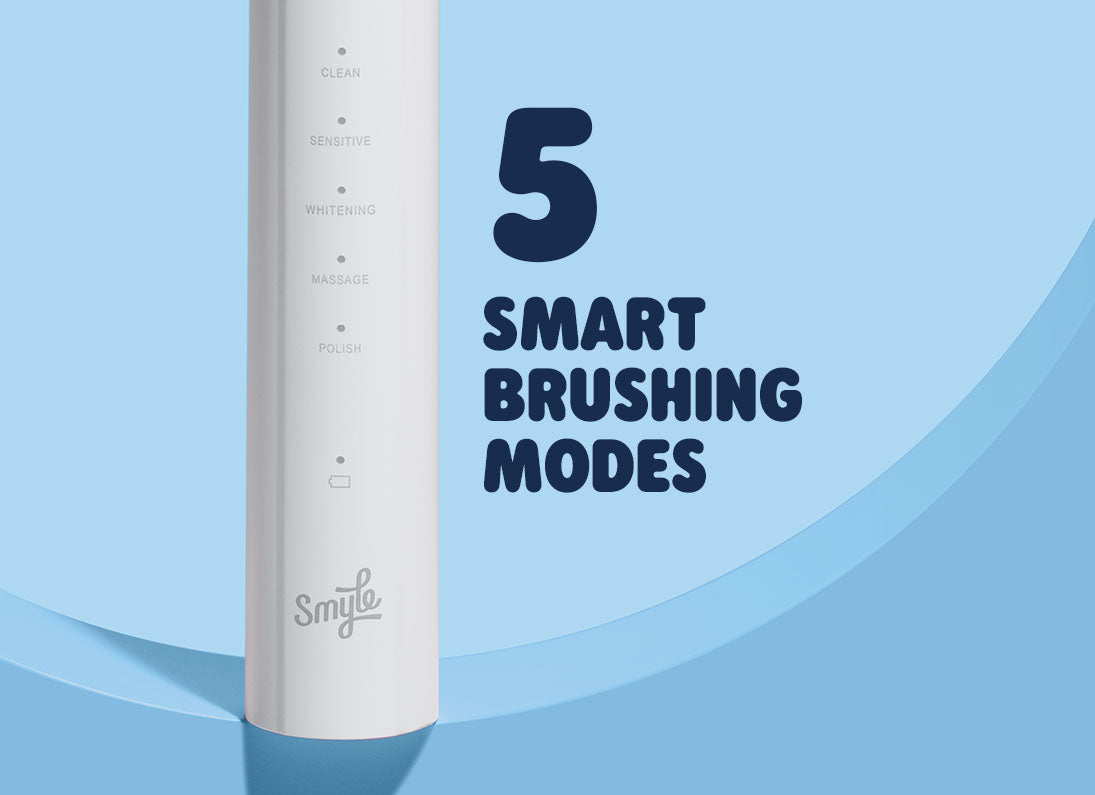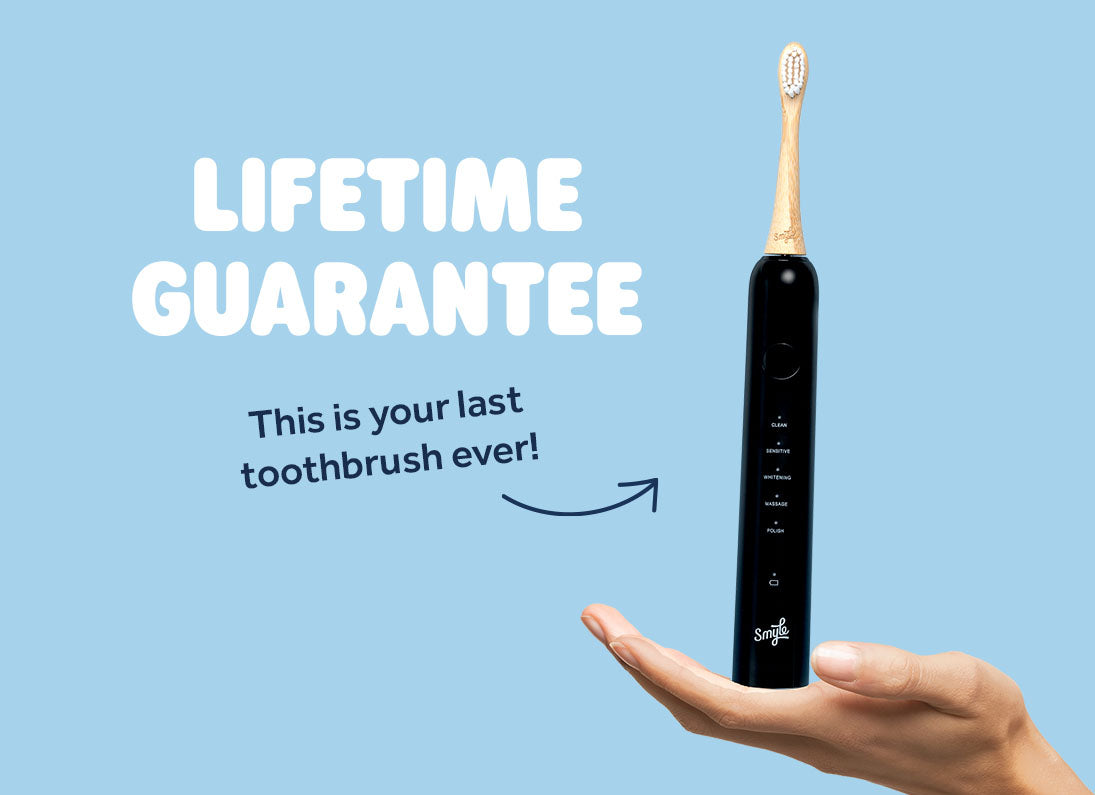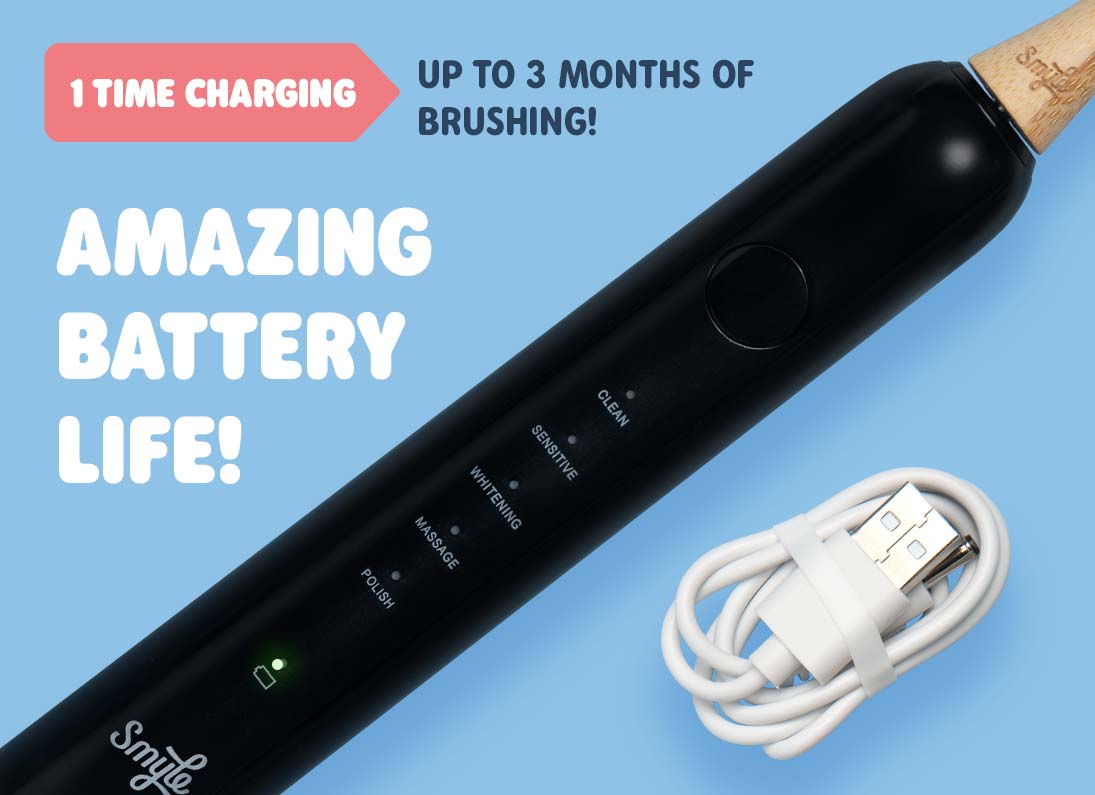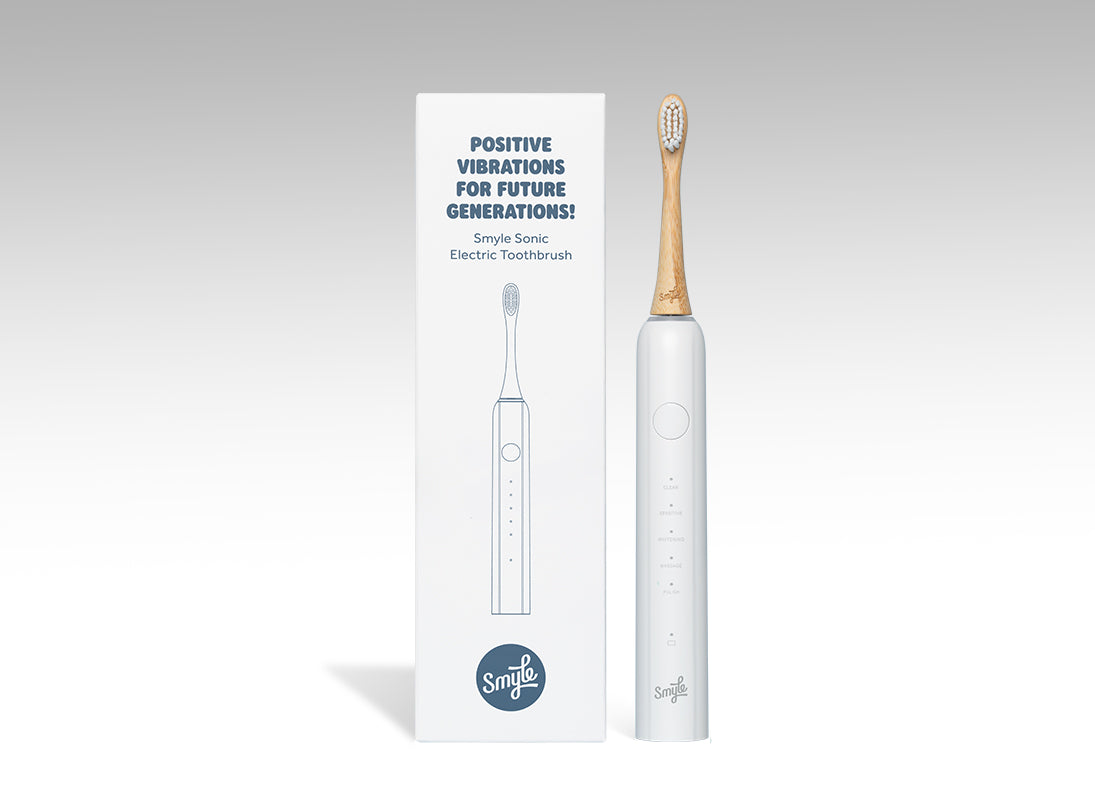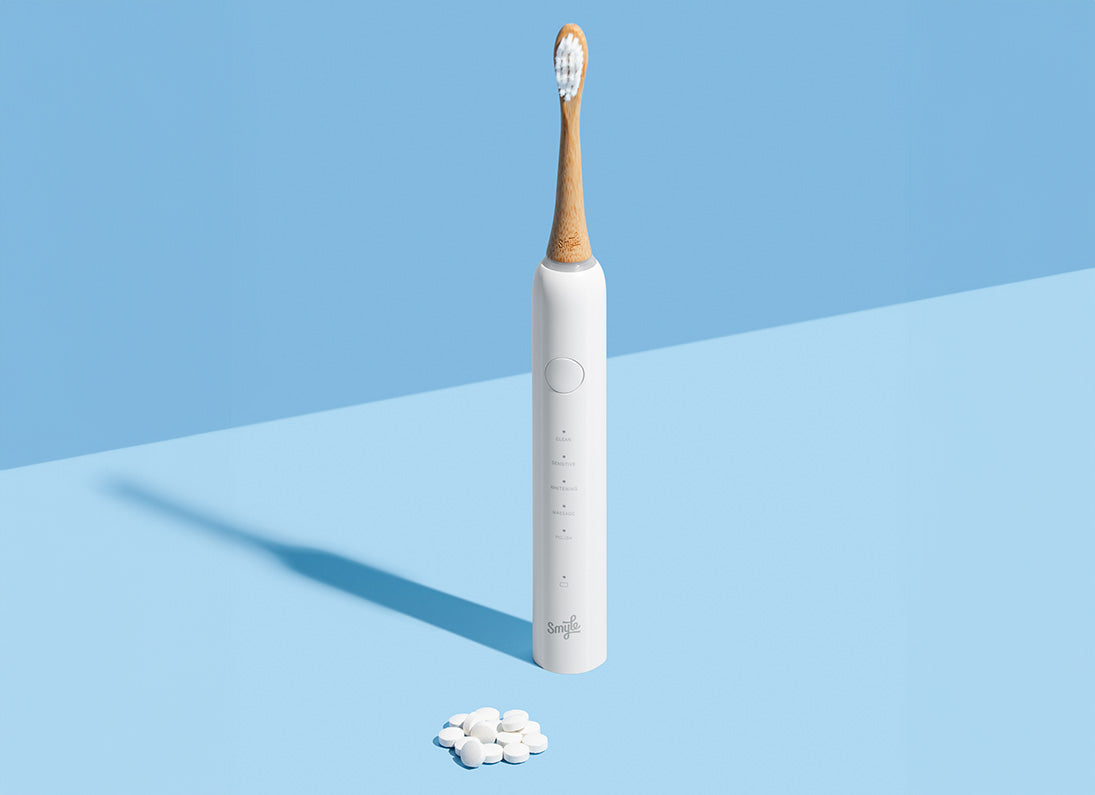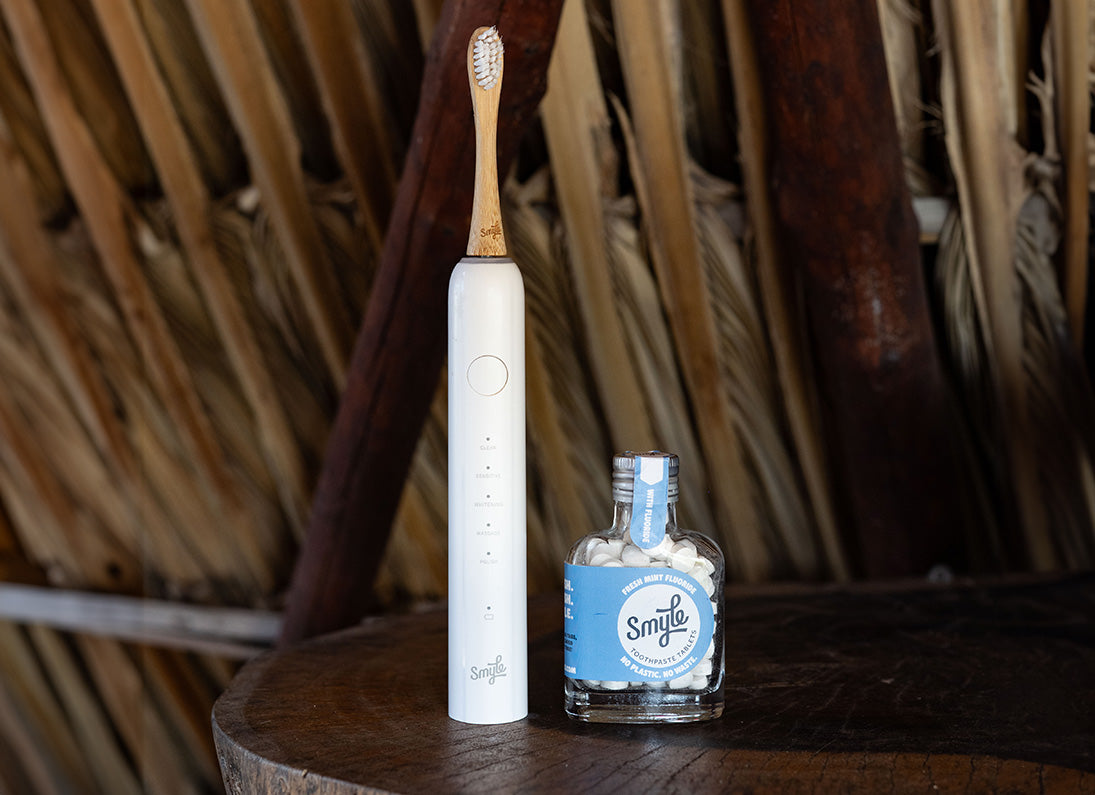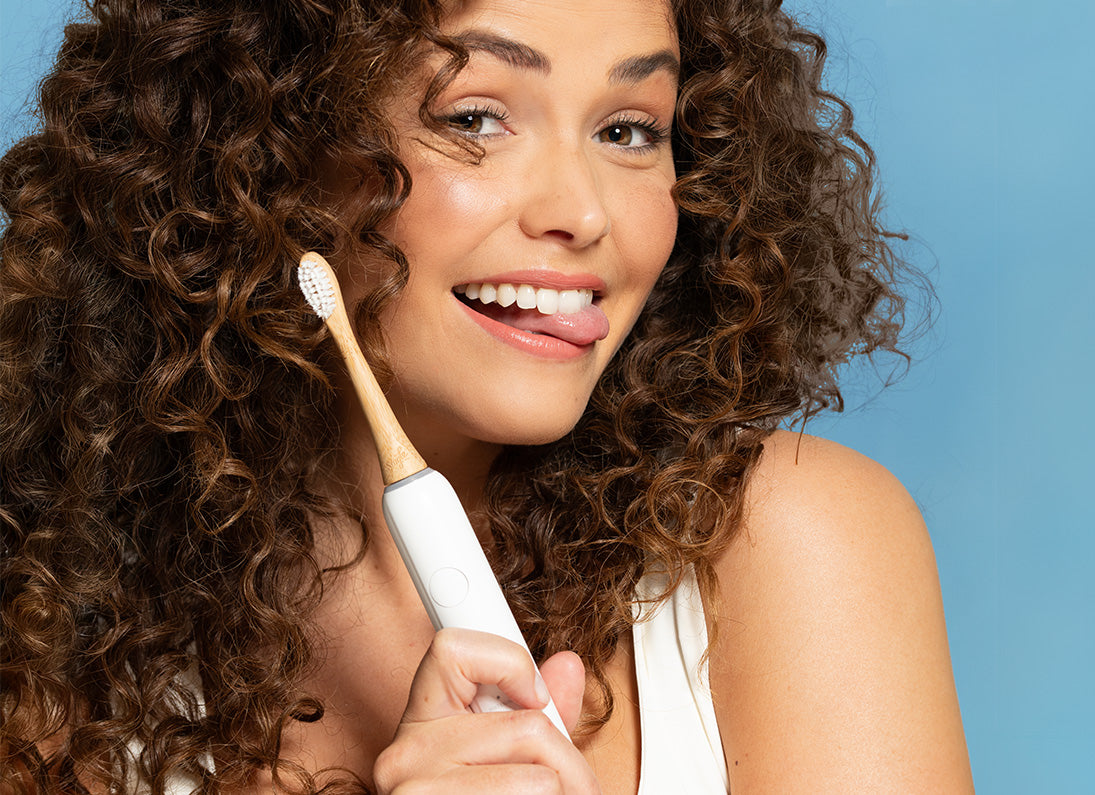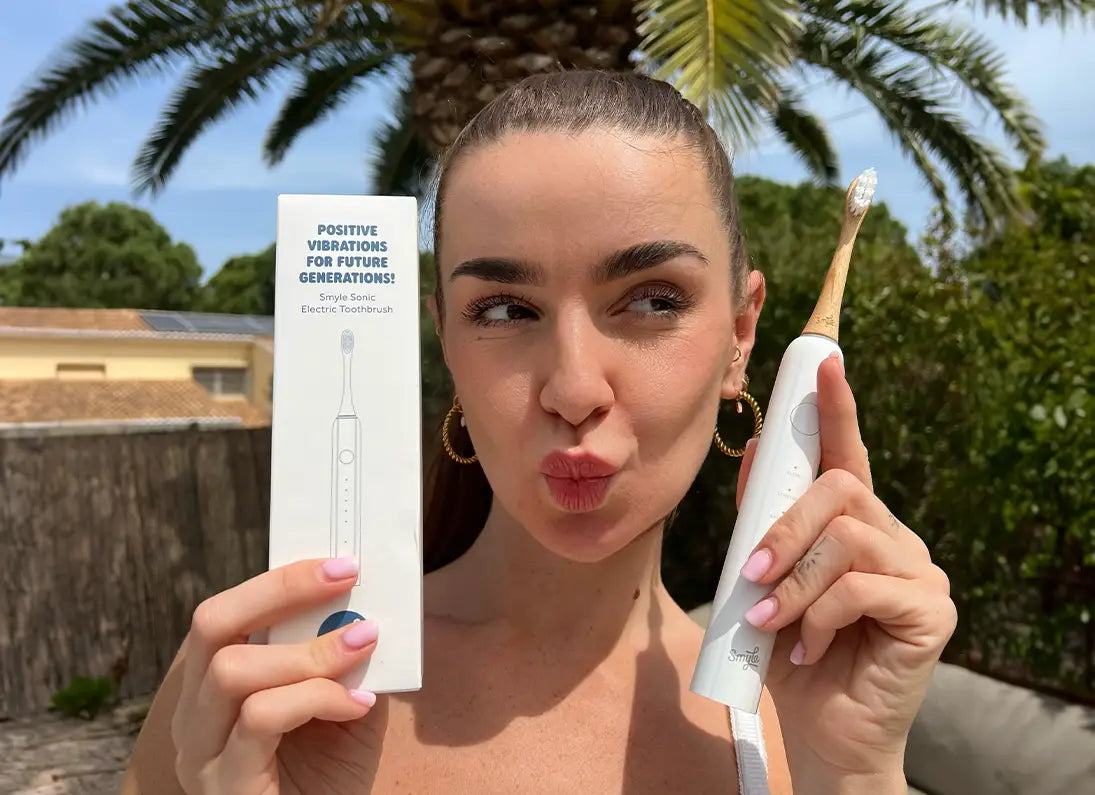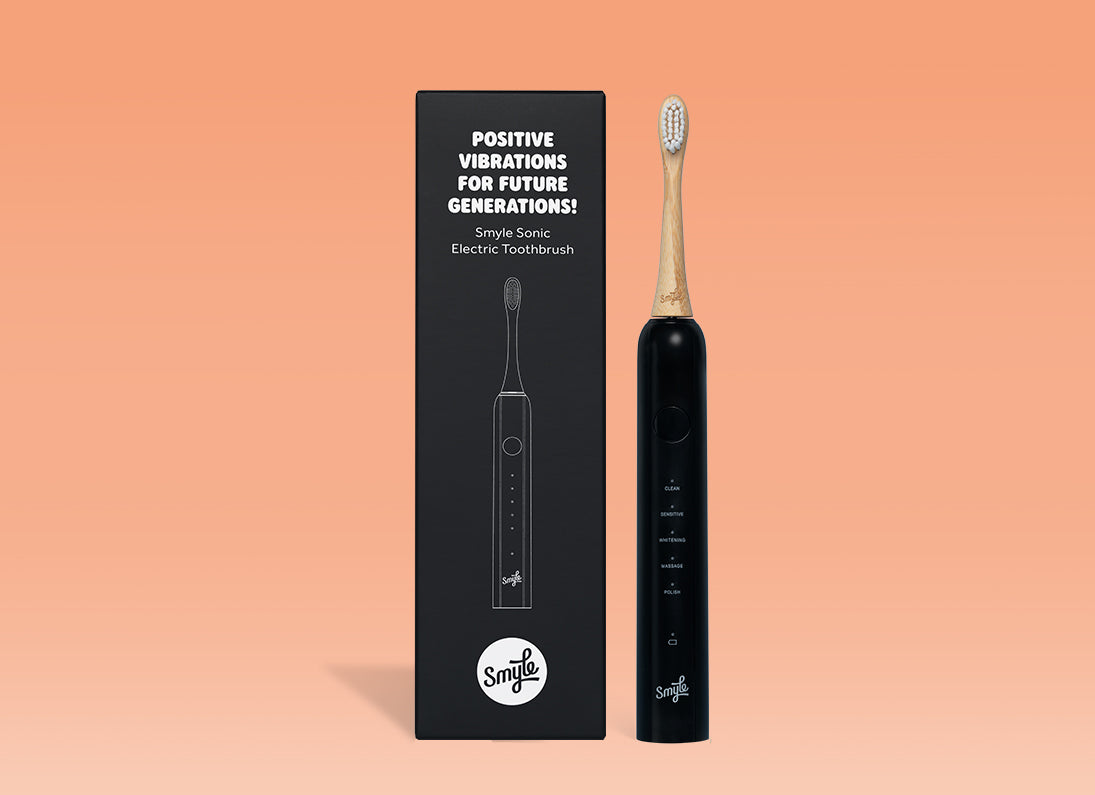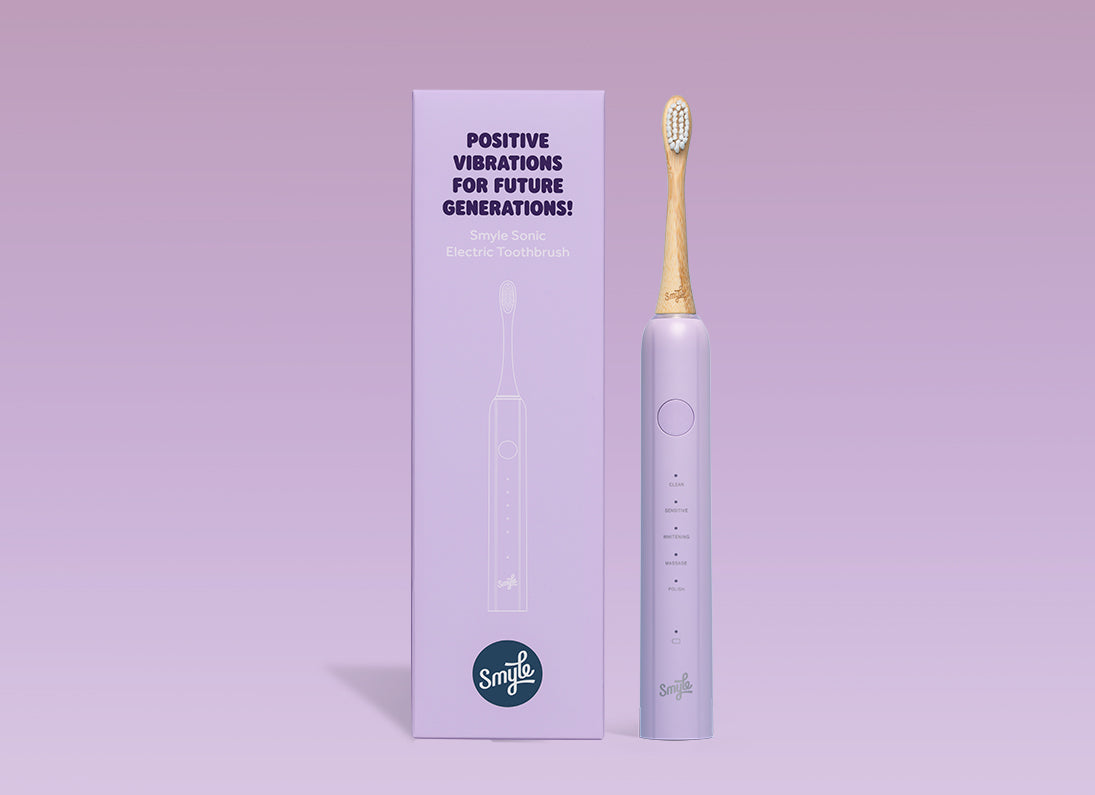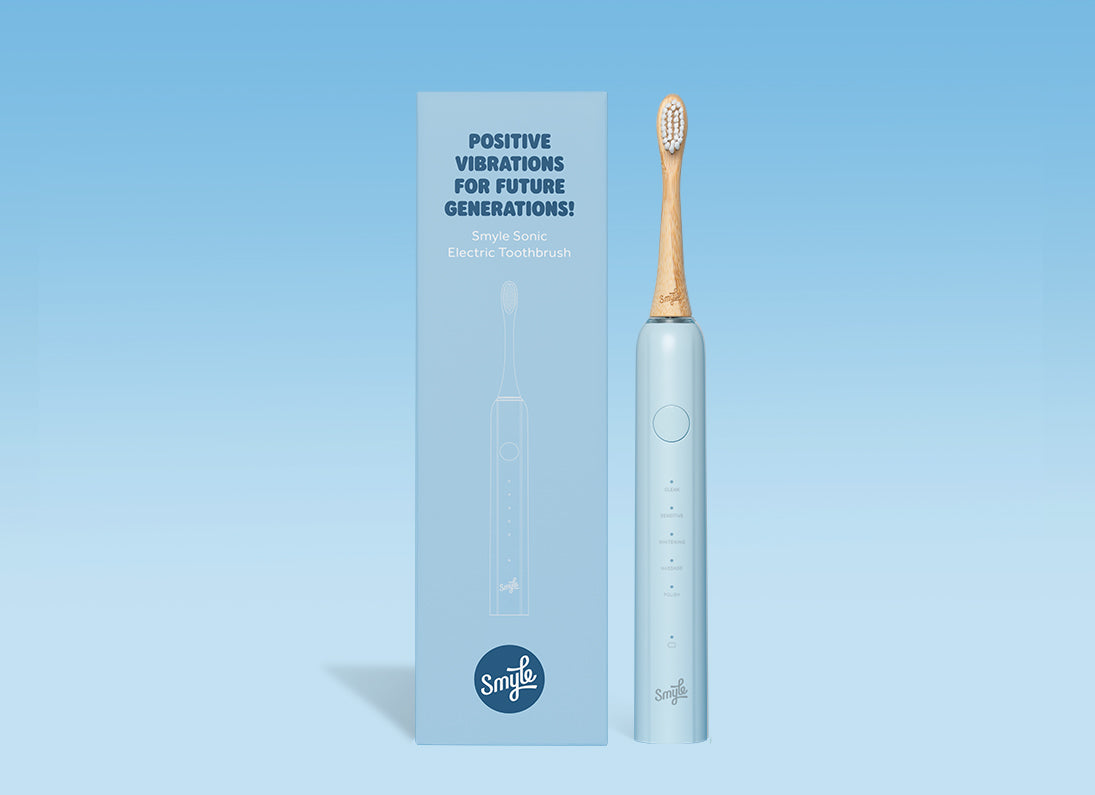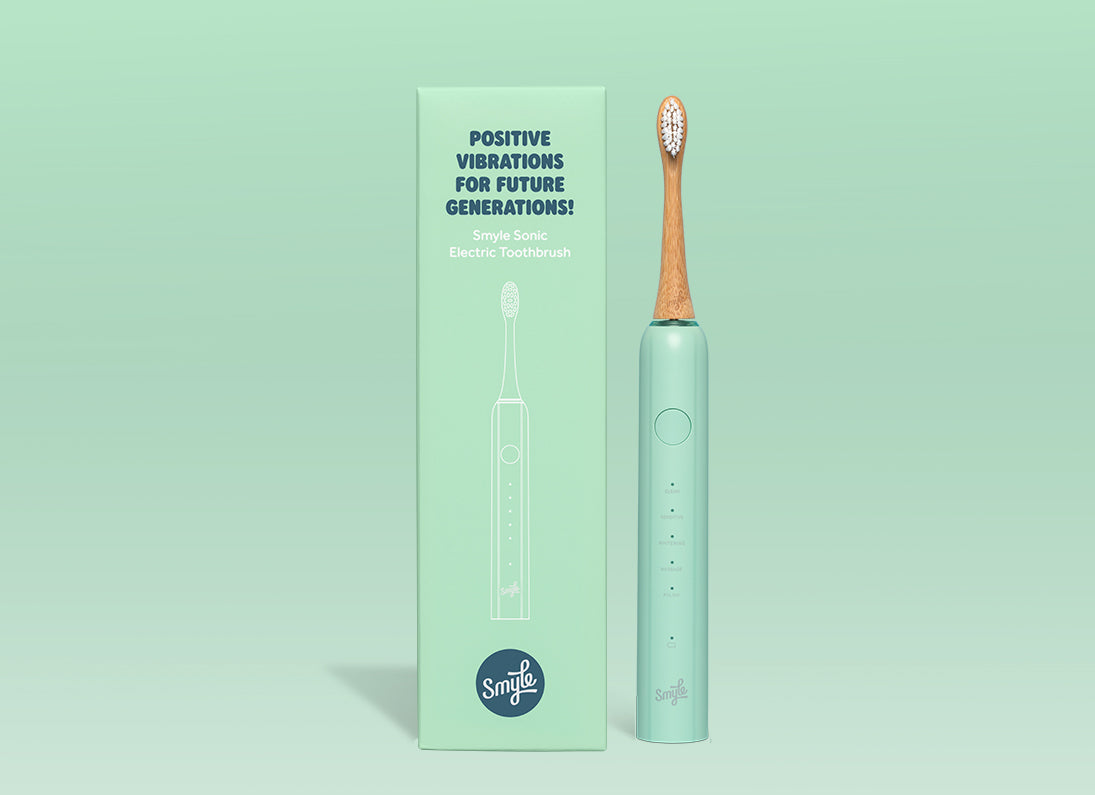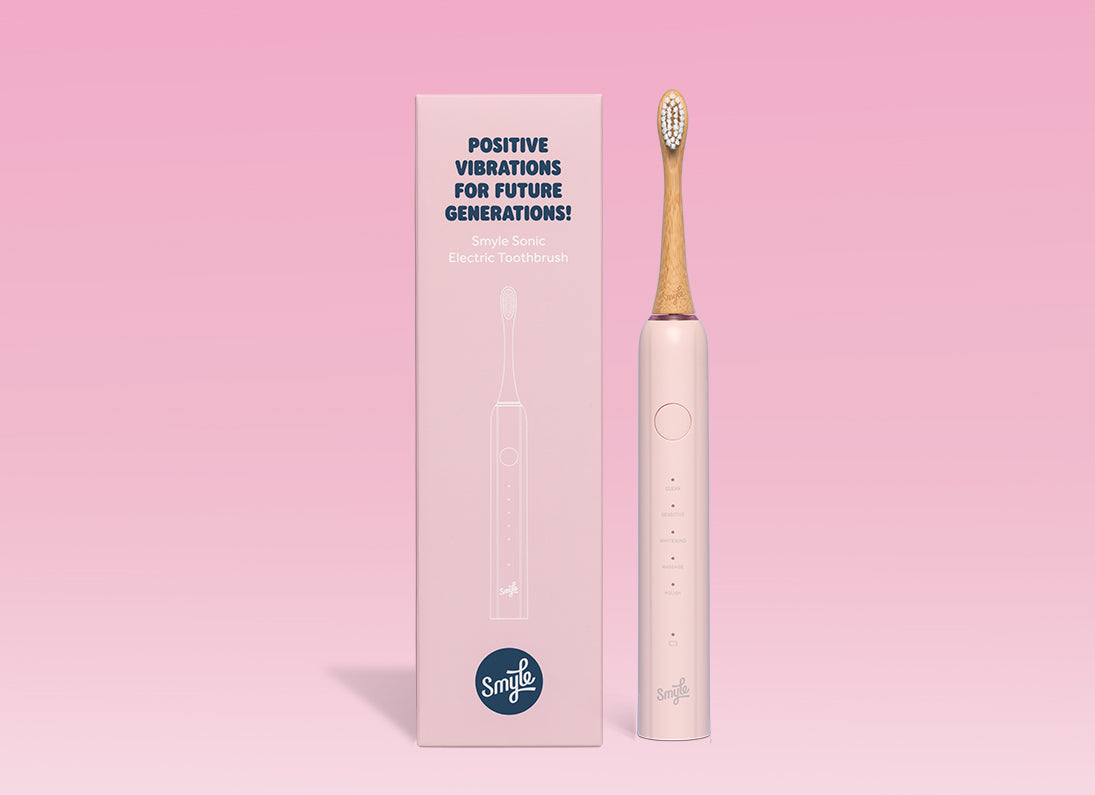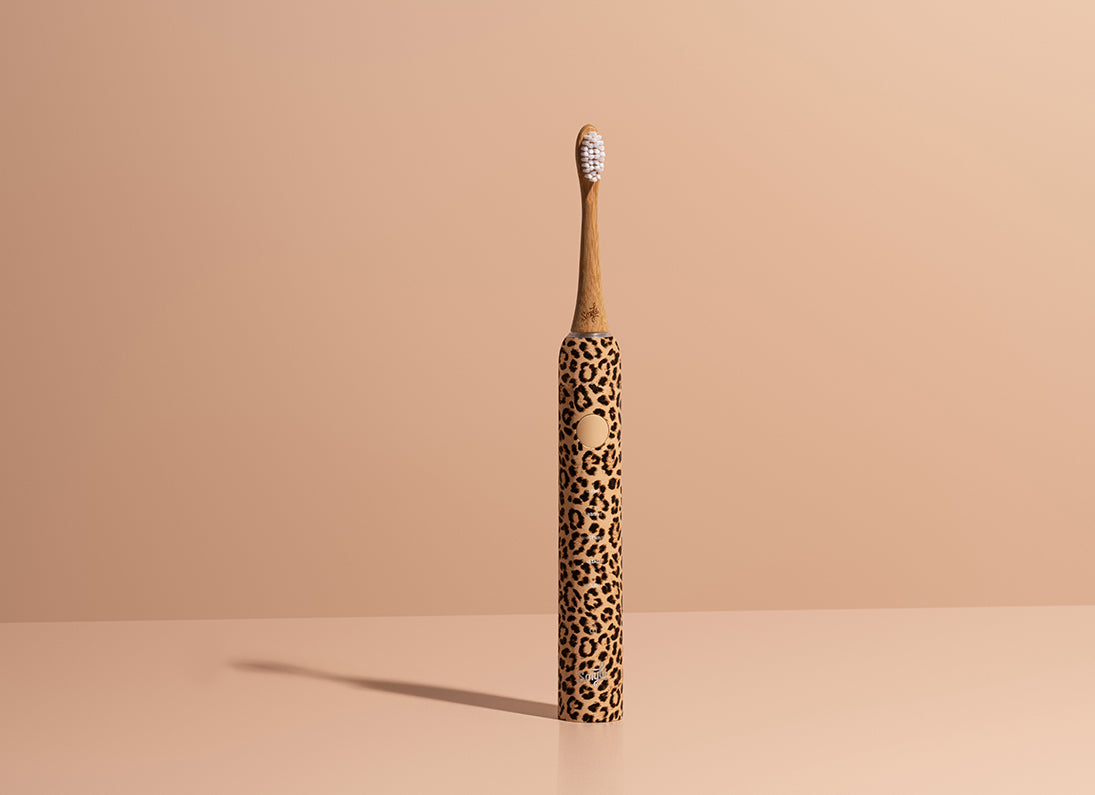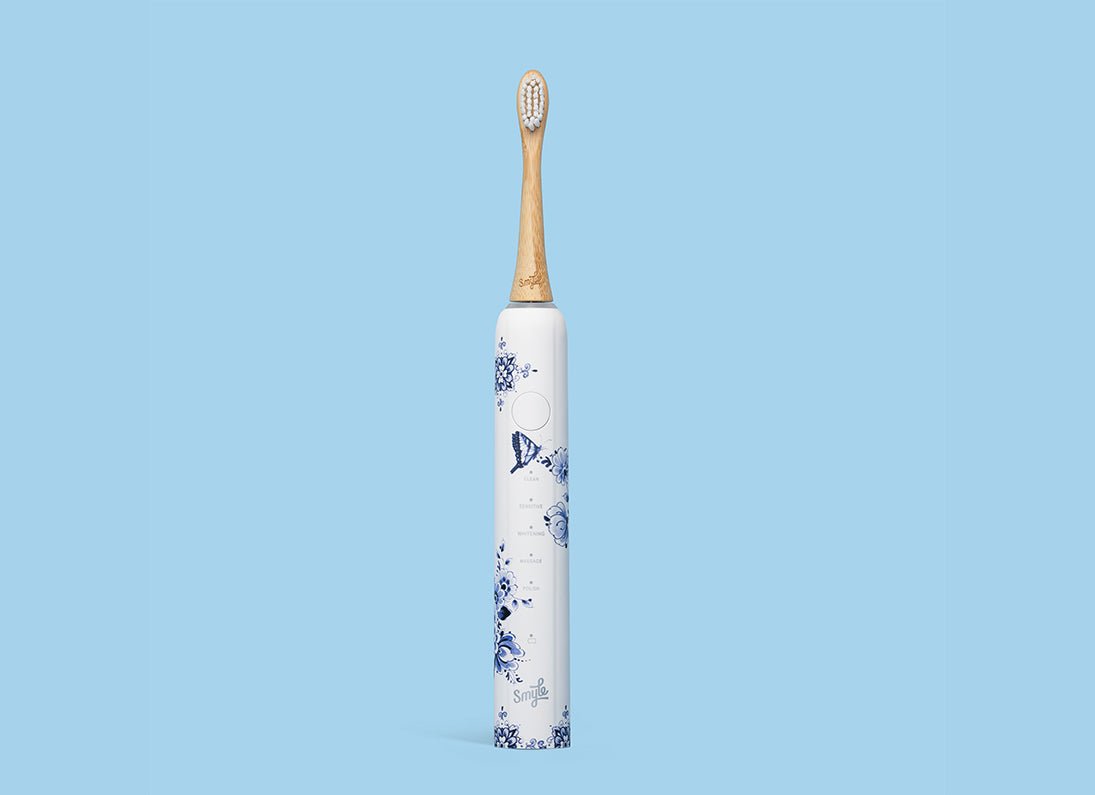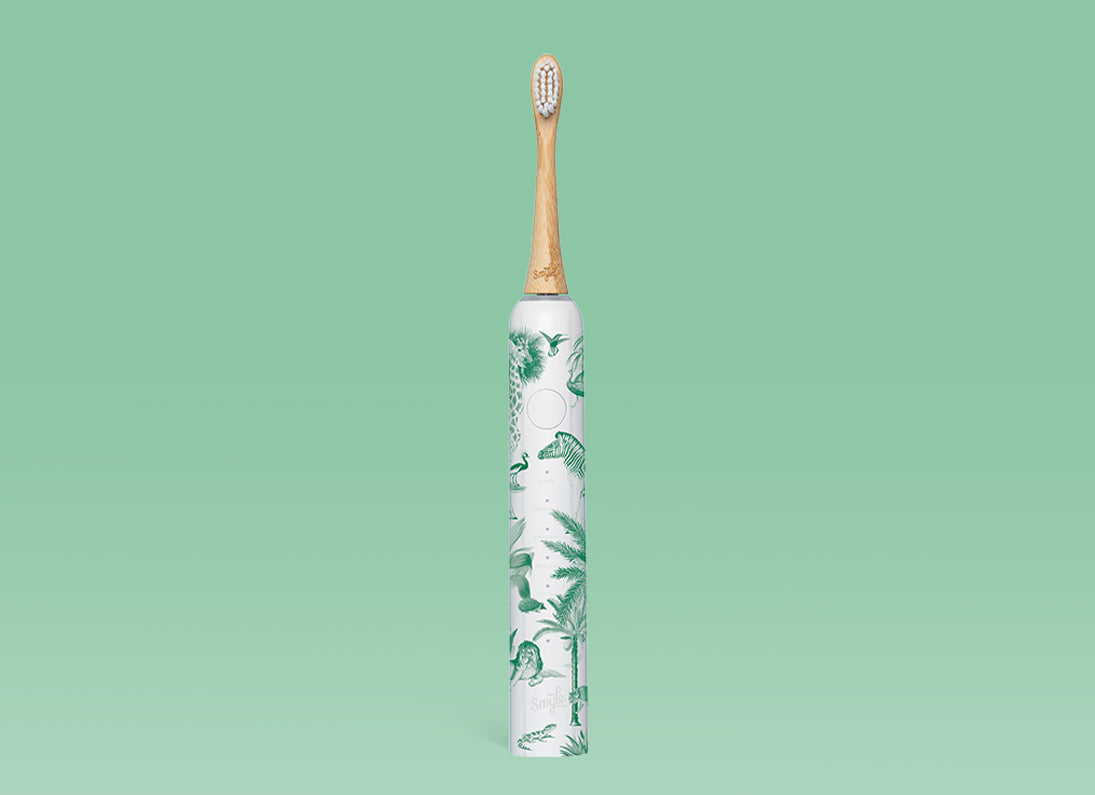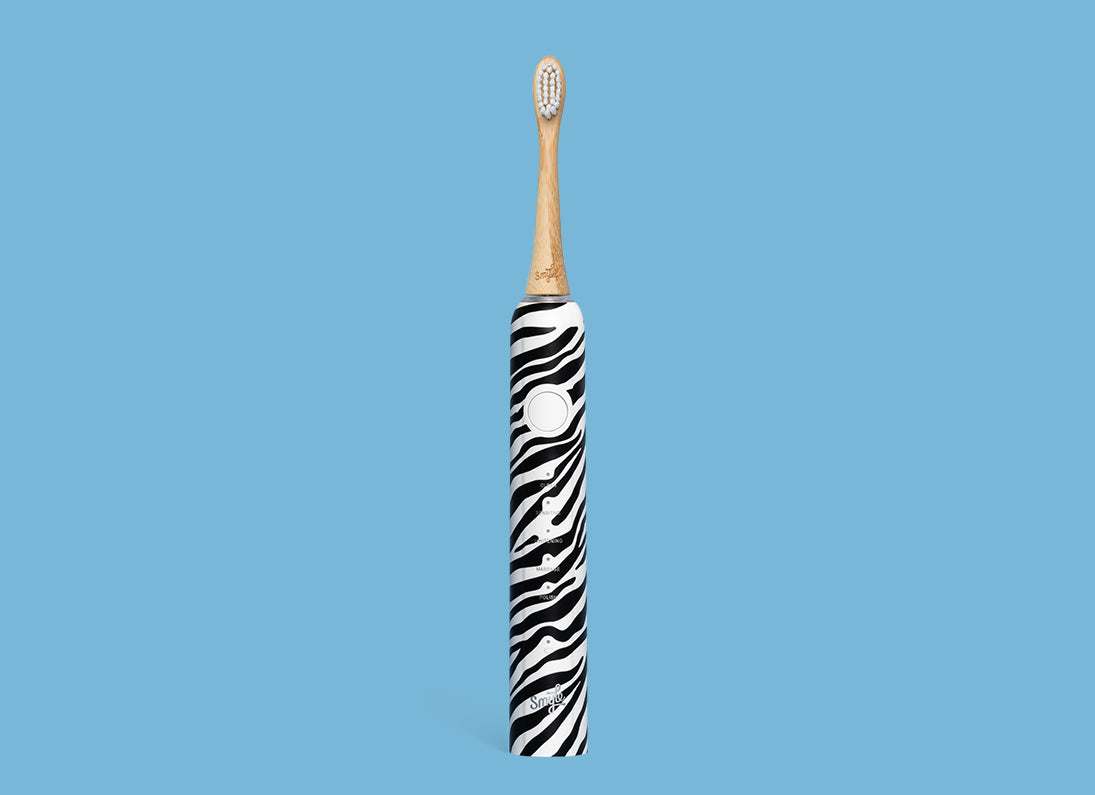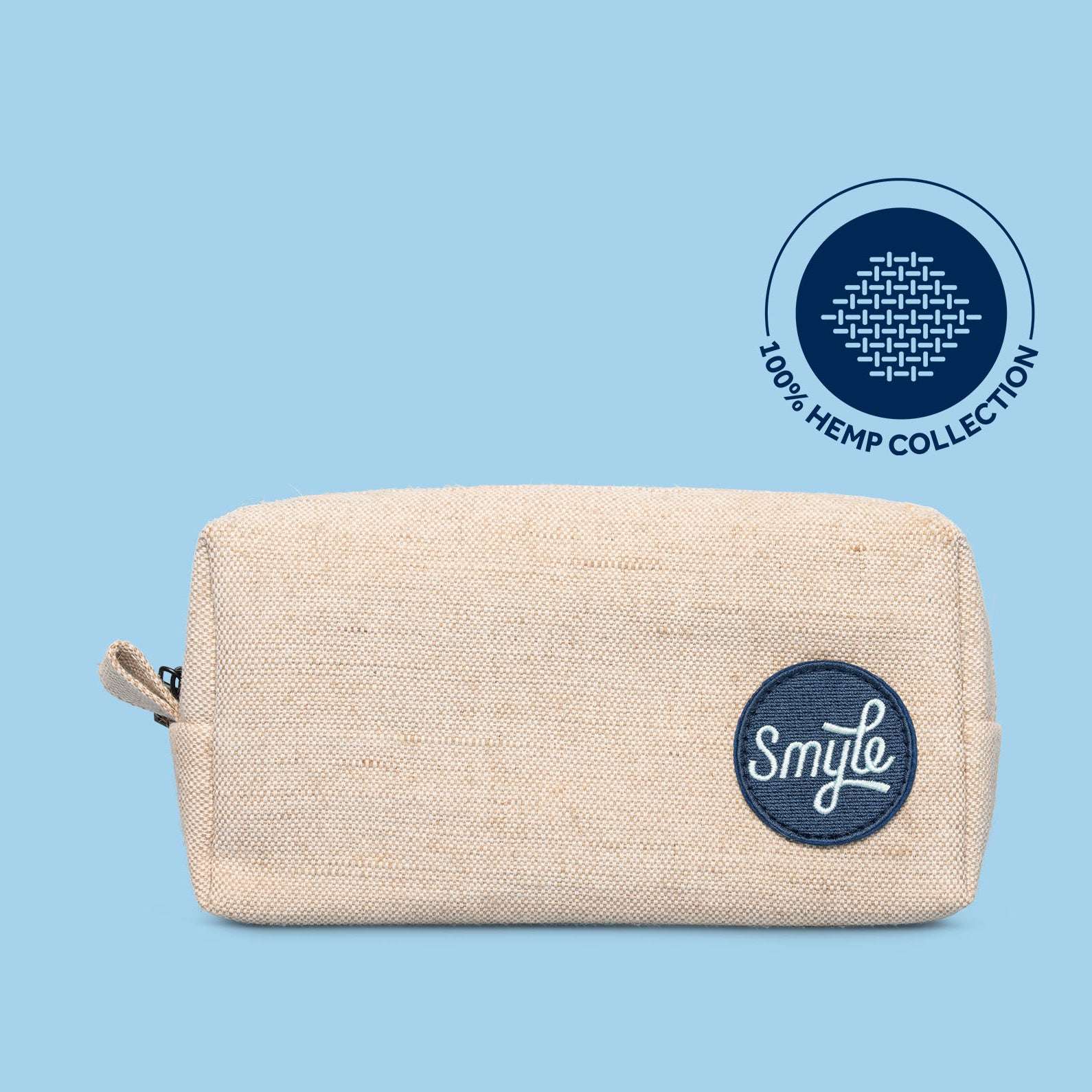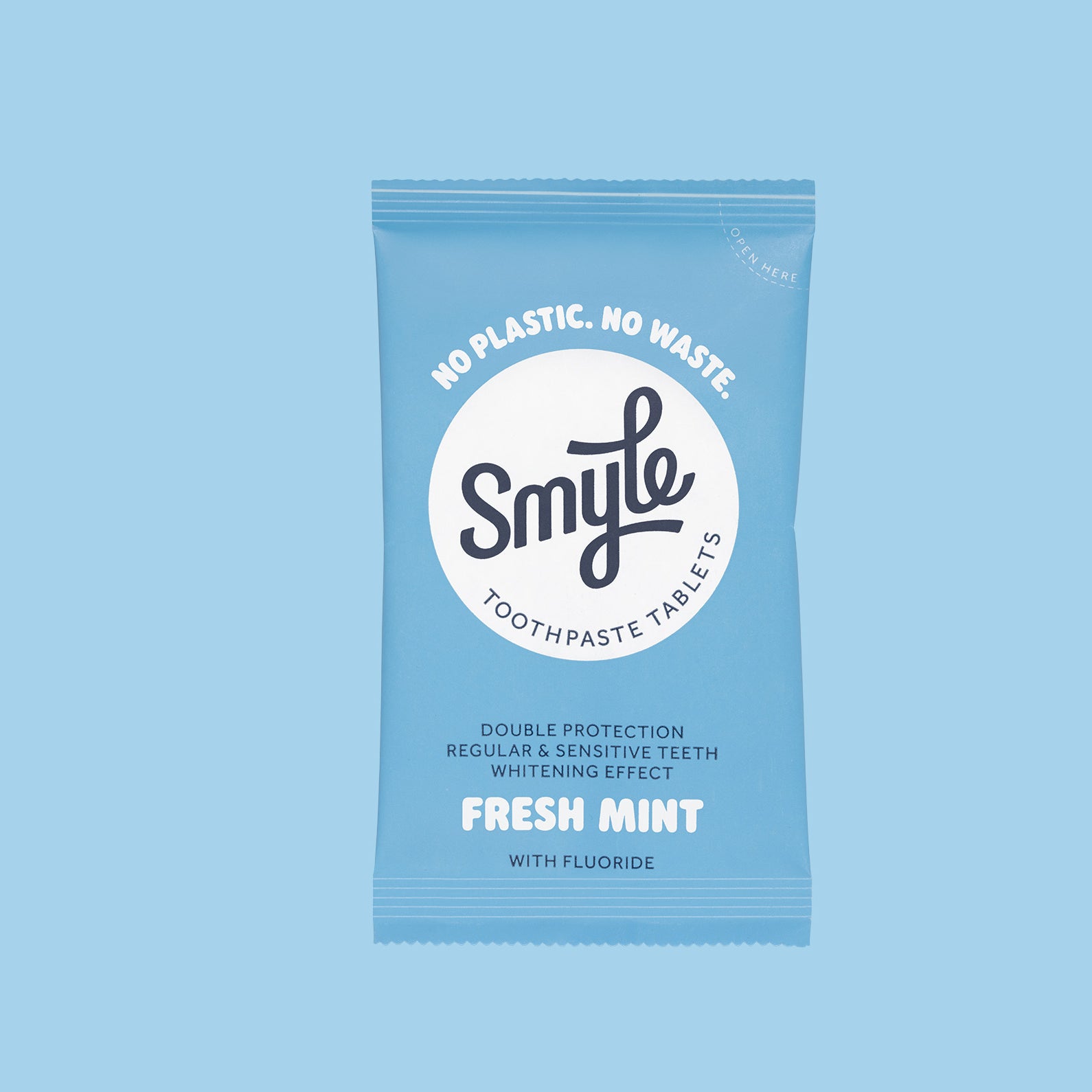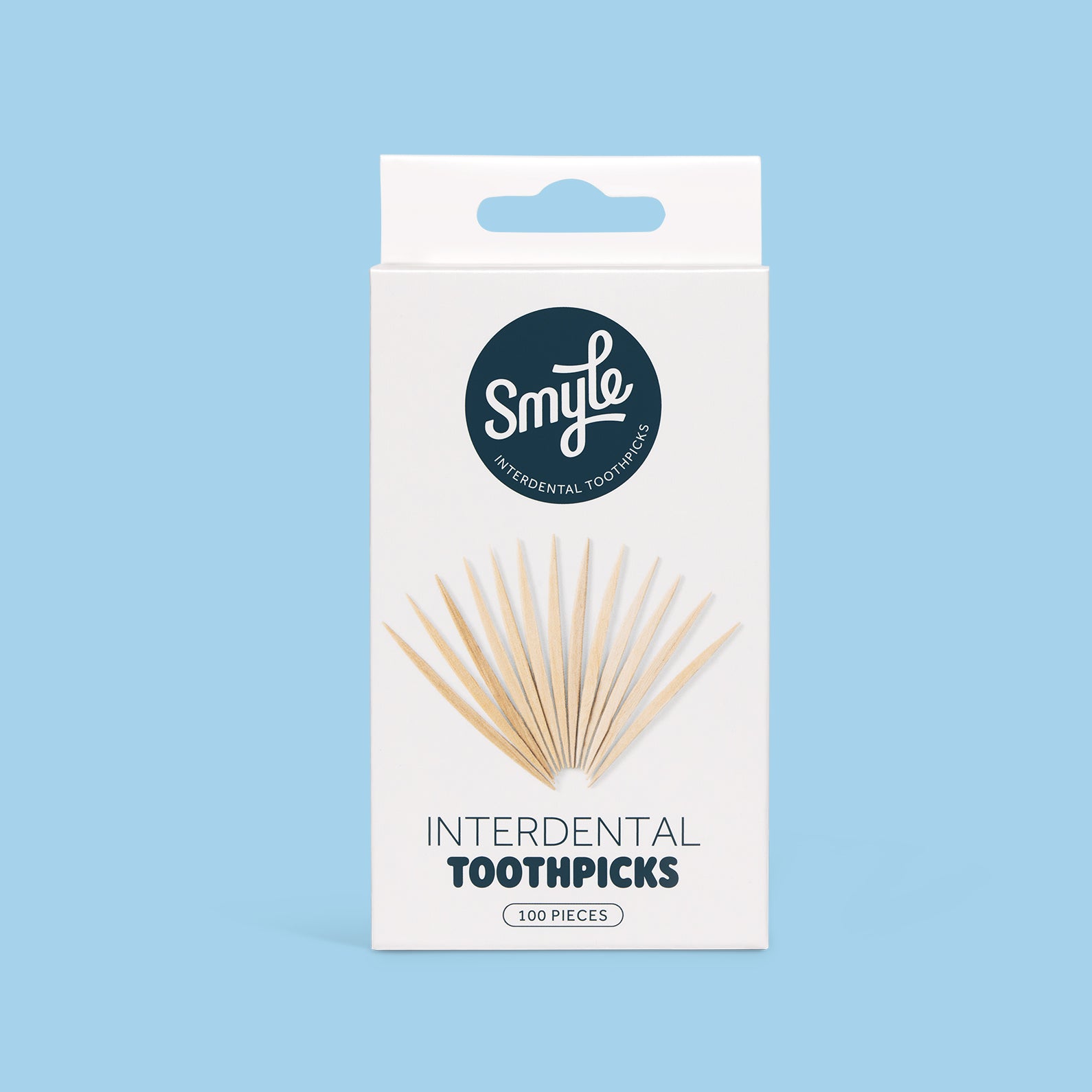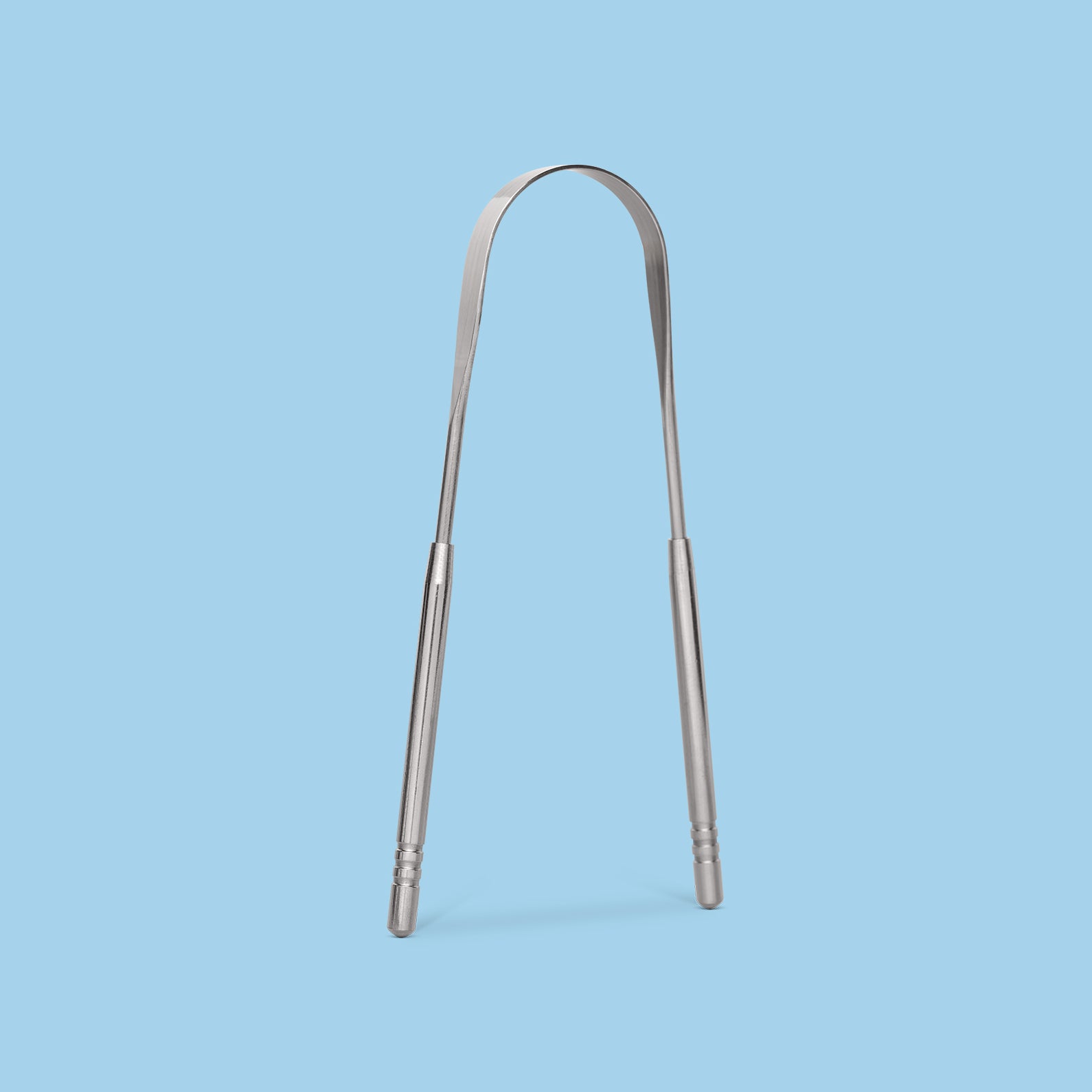
Having a bright, white smile is something many of us strive for. It boosts our confidence and helps us make a positive impression on the people we meet. But what happens when brown stains start to appear on your teeth? Do whitening strips work? Or is a different approach needed? Let’s take a closer look at what causes these stains, how to prevent them, and—most importantly—how to get rid of them.
What Causes Brown Stains on Teeth?
Brown stains on teeth can have several causes. Often, they’re the result of the foods and drinks we consume. Coffee, tea, cola, red wine, and certain juices and sauces contain pigments that can stick to the surface of your teeth and cause discoloration. Even some fruits and vegetables, like apples and potatoes, can lead to staining.
Tobacco use—whether through smoking or chewing—is another common culprit. The nicotine and tar in tobacco products can cling to the enamel and cause stubborn, hard-to-remove stains.
In some cases, brown stains may also be caused by tooth decay or plaque buildup. That’s why it’s important to consult a dentist if you notice brown spots on your teeth, to identify the underlying cause.
How Can You Prevent Brown Stains on Teeth?
Prevention is key when it comes to managing brown stains. Maintaining good oral hygiene is essential—this means brushing your teeth thoroughly at least twice a day with fluoride toothpaste and flossing to remove plaque that can cause staining.
Adjusting your diet can also help. Try to limit foods and drinks known to cause staining, and rinse your mouth with water after consuming them to wash away pigments before they can settle on your teeth.
Quitting smoking or using tobacco products can also have a significant impact on preventing brown stains and improving your overall oral health.
How Can You Remove Brown Stains from Teeth?
There are several ways to treat brown stains on teeth, depending on the cause. If the stains are caused by external factors like food, drinks, or tobacco use, a professional cleaning by a dentist or dental hygienist can often remove them effectively.
For more stubborn stains, or those that lie beneath the surface of the tooth, more intensive treatments may be necessary—such as professional whitening or the application of veneers.
It’s important to note that brown stains caused by tooth decay or other dental conditions require professional treatment. In these cases, it’s essential to see a dentist as soon as possible to address the issue properly.
In conclusion, while brown stains on teeth can be aesthetically unpleasant, there are ways to both prevent and treat them. Maintaining good oral hygiene and making conscious dietary choices are key steps toward keeping your smile bright and healthy. And remember—at the first sign of discoloration, visiting your dentist is crucial to identify the cause and determine the most effective treatment.

